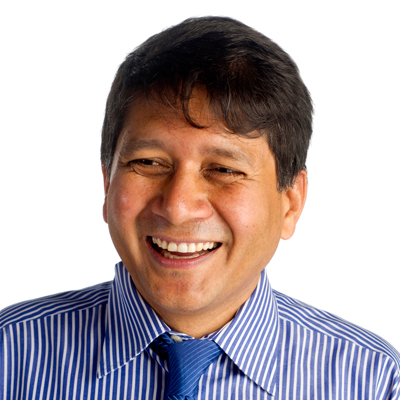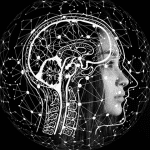
Professor, The University of North Carolina at Greensboro
It is argued that blockchain, the technology commonly associated with Bitcoin and other cryptocurrencies, will emerge as a tool to break the poverty chain in developing countries. But first, what is blockchain, exactly? Put simply, blockchain is a digital record of transactions that are stored on many computers on the Internet. Because blockchain’s distributed ledger network involves no centralized control over data, it is not easy to tamper with. Once a record is posted, it cannot be changed. It is considered to have the potential to cause major economic, political, and social transformations in these countries.
Benefits and Potential Opportunities Offered by Blockchain
Among key benefits, blockchain can increase the ability for poor people to get secure and authentic identities at a low cost. This is especially important for developing countries since the lack of formal identity documents to prove who they are is among the main reason why many poor people lack access to financial services. According to the World Bank’s ID4D database, 1 billion people lack any form of identification to prove who they are.
An additional 3.4 billion people have some types of identification but lack the ability to use them in the digital world. Worse still, in many countries, banks demand a variety of other credentials in addition to traditional identification documents to open an account.
Blockchain-based IDs can address these challenges. In 2030, according to a McKinsey study conducted in five developing countries and two developed countries, with full digital ID coverage, countries could create economic value equivalent to three percent to 13 percent of GDP. Over half of this value growth is likely to go to individuals.
Blockchain startups such as Humaniq and BanQu, along with established companies like Kiva, have developed blockchain-based IDs. If such IDs are adopted more widely, an increasing number of poor people may gain the ability to participate in the global economy. Moreover, these blockchain solutions will help poor people build economic history and prove their creditworthiness.
A use case that illustrates how poor and disadvantaged groups can benefit from blockchain is the World Food Programme’s (WFP) Building Blocks system. This system is used to distribute food vouchers to refugees without relying on the services of financial institutions. In Jordan’s refugee camps, supermarket cashiers are equipped with iris scanners to identify beneficiaries and provide payments. UN databases verify biometric data of refugees. The WFP’s Building Blocks ledger records the transactions through blockchain. Beneficiaries receive goods from merchants, who are directly paid by the WFP. When remote places lack financial infrastructure, such as ATM machines or even banks, and face natural disasters, blockchain can help humanitarian organizations such as the WFP provide cash assistance faster than other available means. The WFP anticipates that the deployment of blockchain-based solutions would reduce its overhead costs from 3.5 percent to less than one percent. What is even more important is that such solutions can reduce the risk of economic crimes like corruption and embezzlement in the distribution of development aid. This is important since an estimated 30 percent of development funds do not reach the intended recipients due to third-party theft and mismanagement.
Challenges to Overcome
Poor people lack the necessary skills to use and benefit from technologies such as blockchain. For example, some estimates suggest that half of the population in developing countries cannot speak an official language of their own country. Blockchain-based products and services are more complex and more difficult to understand compared with traditional financial solutions. This may be more confusing for poor people in the developing world who lack technological skills. Practitioners in the field have observed that individuals in Africa handwrite their debit card PIN numbers on the card itself in order to make sure that they would not forget them. It seems reasonable that many of them likely haven’t even heard of blockchain. Those who have heard the term probably lack an understanding of how the technology works and what the benefits would be. More user-friendly apps could facilitate education to increase the adoption of blockchain solutions, but efforts have not been undertaken to develop the apps to explain the benefits to the poor.
The ability to benefit from blockchain technology is also likely to be hindered by lack of connectivity. According to the International Telecommunication Union (ITU), Least Developed Countries (LDCs) had a cellphone penetration of 72.4 percent and Internet penetration of 19.5 percent in 2018.
To date, the focus of blockchain startups launching products for the poor are mostly investor-centric. They have done little to make their products and services usable and valuable for their target consumers: poor people. A technology startup writer noted that “many of the highly publicized Initial Coin Offerings (ICO) have yet to carry out much beyond upgrading the lifestyles of their founders and promoters.”
Summary
Blockchain solutions targeted to the poor are among the most intriguing applications of this technology. Transparency and accountability could be improved by giving cryptocurrency vouchers to refugees instead of cash. Blockchain-based economic history can address problems associated with poor record keeping and authentication models in developing countries. The lack of users’ skills and availability of opportunities currently creates a challenge for large-scale adoption of this technology among the poor. More user-friendly apps that educate users could create a higher level of understanding of the benefits of blockchain technology, enabling poor people to potentially benefit in transformative ways.







